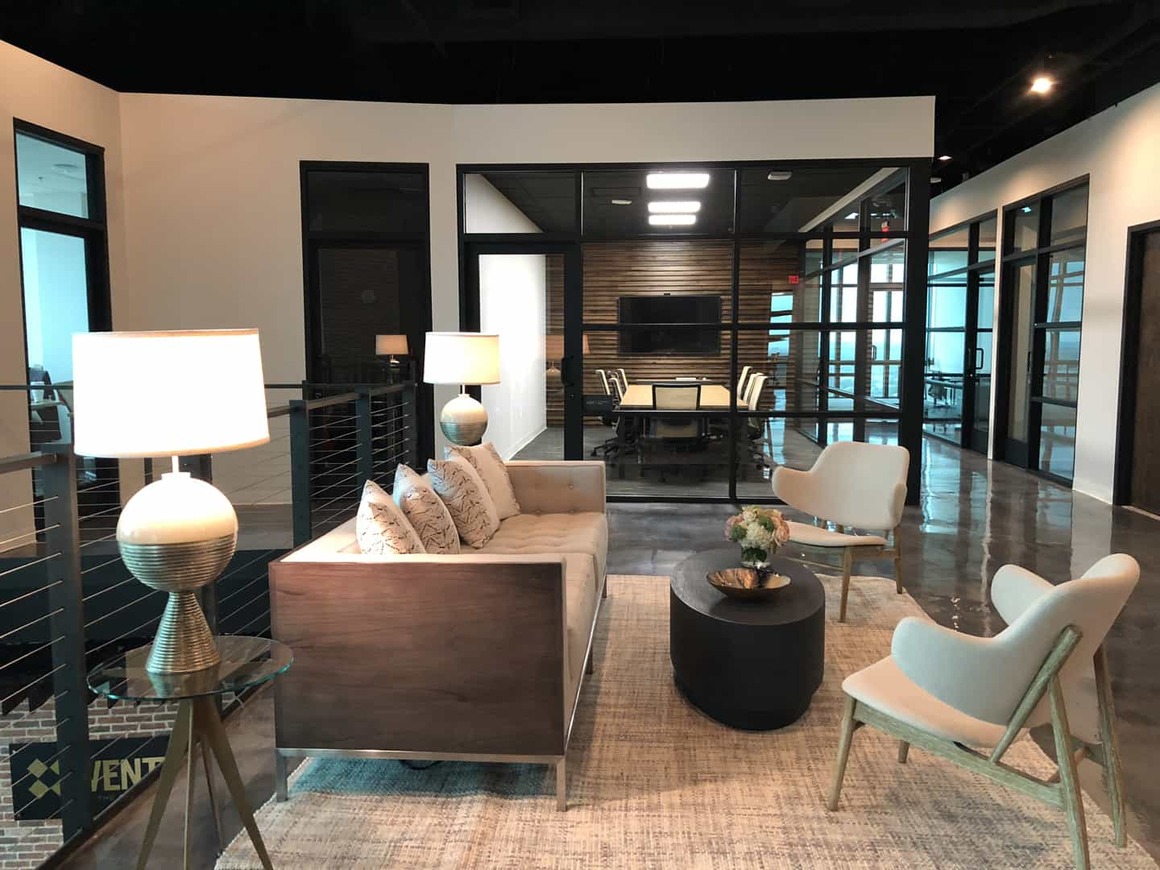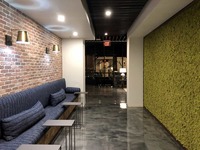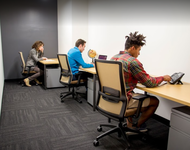Dallas, TX — More and more Dallas professionals are moving towards the coworking model for their businesses. First introduced in the United States in 2005 in San Francisco, coworking unites the best aspects of remote work and traditional office setups. Benefits range from lower overhead costs to better distraction management to increase work-life balance. A survey by Deskmag shows the demographic composition of coworking spaces in 2019. The data uncovered the following insights. Read this report on our blog post.
- Women in coworking spaces have increased dramatically over the past few years. The survey showed that in 2019, women made up just over half of coworking members, reaching the majority for the very first time. In 2012, contrastingly they only made up 33%.
- 42% of coworking members in 2019 were freelancers. Coworking spaces have always been hubs of creativity for freelance workers. As the proportion of freelancers in the workforce grows, so has the popularity of coworking spaces.
- The age of coworkers has remained steady. Currently, at 36.9 years old, the mean age of coworkers has remained stable over the past years. The average age of the U.S. population in 2019 was 38.2, while the average age of the workforce was 42.3, which suggests that coworking spaces skew slightly younger than the average workplace.
- Coworking spaces aren’t very ethnically diverse (yet). 90% of U.S. coworking members identified themselves as white. (Around 72% of Americans identify as white.) 2019 was the first year that Deskmag asked survey participants to identify their race, so there aren’t yet any trends to compare this to.
- Even co-working spaces have wage gaps. Unfortunately, gender and race wage gaps were still present in coworking spaces. The data also showed that city coworking members made significantly more money than rural members (which reflects general assumptions), and those self-employed individuals made less than employees of larger companies.
- Coworking spaces continue to support digital nomads. Traveling professionals have always made use of coworking spaces. In 2019, they made up 14% of coworking members.
Researchers hope that knowing these numbers can help the coworking industry raise awareness about the availability of coworking spaces. To learn more about the benefits of coworking for consultants, freelancers, and professionals, take a look at a prestigious Dallas coworking space virtual tour.
Visit the Venture X Dallas Campbell Centre here.
For FREE tour: 214-446-9801
This news has been published for the above source. Kiss PR Brand Story Press Release News Desk was not involved in the creation of this content. For any service, please contact https://story.kisspr.com.







